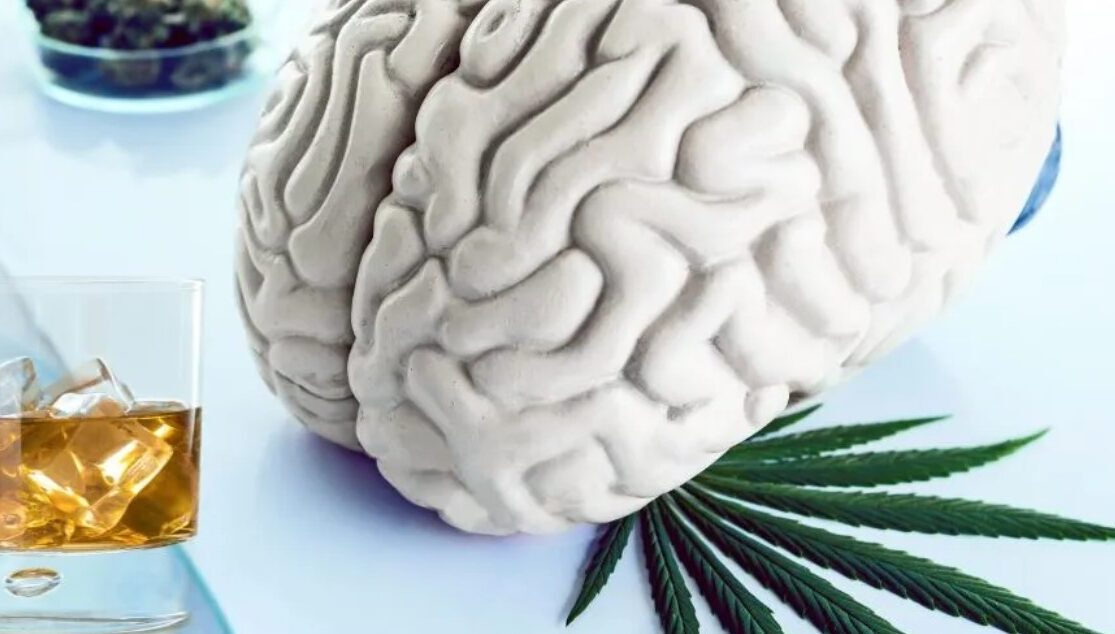Calls for Ukraine
Calls for Europe
Calls for USA

A study led by researchers from Indiana University School of Medicine, Washington University in St. Louis and other institutions has identified neuroanatomical differences in children associated with early onset of substance use.
Substance use is strongly associated with an increased risk of developing abnormalities in brain structure, especially in adolescence, when the brain is undergoing significant development, and with other adverse consequences in later life.
But are the changes observed in the brains of substance abusers the result of substance use itself, or are they an innate predisposition of some individuals with certain neuroanatomical features?
In the study, “Neuroanatomical variability and the onset of substance use in late childhood and early adolescence,” published in JAMA Network Open, researchers conducted a long-term study of a set of behaviors and biological development from middle childhood to young adulthood, tracking substance use and brain structure.
A total of 11,875 children between the ages of 8.9 and 11 from 22 research centers in the United States were selected at baseline. The final analysis included 9,805 children who participated in 3-year follow-up assessments as part of the ongoing long-term Adolescent Brain Cognitive Development Study (ABCD Study).
Self-reports of substance use initiation (alcohol, nicotine, cannabis, or other substances) were recorded along with baseline magnetic resonance imaging (MRI) data assessing brain structures.
The researchers examined 297 imaging phenotypes, including measures of total brain volume, cortical and subcortical volume, thickness, cortical and subcortical surface area, and gyrus depth. Variables included age, sex, puberty status, family relationships, prenatal substance exposure, and MRI scanner models.
Statistical analyses compared the brain structure of participants who began substance use before age 15 and those who did not use substances. To identify differences in brain structure prior to the onset of substance use, subjects who were using substances at baseline were excluded from the analysis. Multiple testing corrections were applied to confirm the findings.
Results suggest that structural brain differences, including larger total brain volume and regionally thinner prefrontal cortex, may predispose adolescents to initiate substance use such as alcohol, nicotine, and cannabis before age 15 years. These structural differences were observed before the onset of substance use, suggesting that they reflect a pre-existing condition, potentially being risk factors rather than consequences of substance exposure.
Among the participants, 3,460 (35.3%) reported the onset of substance use before age 15 years, with alcohol being the most common (90.2% of cases).
Differences in brain structure included:
– Significant evidence of thinner cortical areas in the prefrontal cortex, particularly the central frontal gyrus. Increased cortical thickness in the occipital, parietal and temporal lobes.
– Greater whole brain, cortical and subcortical volume was associated with the onset of substance use, including greater hippocampal and globus pallidus volume.
– Cannabis use was uniquely associated with decreased right caudate volume. Subsequent ad hoc analyses confirmed most of the data when compared to non-substance-using children, suggesting that structural differences precede substance use.
The scientists emphasize the importance of the study for rethinking causal assumptions in models of brain disease associated with addiction.
They believe that the large sample size, long-term design, and genetically informative components of the ABCD study (family study design, nested twin subsamples, and DNA collection) are key to improving qualitative inferences about neural risk factors.
Please rate the work of MedTour
